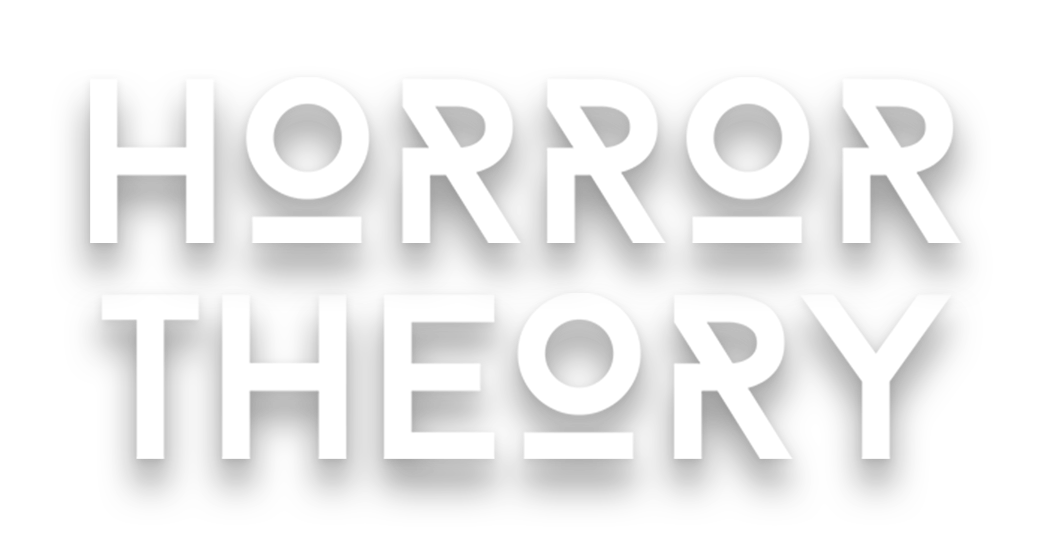They’re all gonna laugh at you!
We’re kicking off the Stephen King Horror-thon with the horror author’s first and arguably most unsettling and resonant adaptations in the horror genre. Released in 1976, Carrie mostly follows Stephen King’s 1974 novel of the same name. Directed by Brian De Palma (Dressed to Kill, Scarface, The Untouchables, Carrie stars Sissy Spacek as Carrie White.
The coming-of-age horror film follows a bullied 16-year-old who slowly realizes her supernatural abilities after experiencing years of abuse from her fanatically Christian mother as well as the torment from her school peers.
De Palma has built a reputation as one of the more daring and controversial voices in cinema for his frequent use of graphic sex and violence. Carrie very much follows in line with what you’d might expect. The “New Hollywood” director made bold moves with this adaptation early on in the film– including showing a prolonged shower scene featuring full frontal nudity in the first act of Carrie. Later in the infamous scene, Carrie unknowingly experiences her very first period and has a panic attack while her peers torment her by lobbing tampons at her as she breaks down.
During one of her more severe panic attacks at schools, Carrie begins channeling her fear and frustration into increasingly violent telekinetic displays. First, she breaks a light bulb. Then, she flips an ashtray. Later, she causes a school bully to flip and crash his bike. All this foreshadows the teen ultimately fully grasping her expanding powers in the now-iconic final act.
Carrie tackles some potentially tricky subject matter with grace and nuance. Throughout the film, Carrie’s mother uses her radical religiosity in a traumatizing attempt to protect her from the sins of the world. Adding more tragedy to the film’s already dreadful lead, Carrie begins growing, maturing, and standing up for herself with her newfound confidence (with the help of her sympathetic classmate Sue). Carrie goes from cowering as her mother locks her in the closet as punishment for menstruating, to gathering the courage to put her mother in her place during this exchange shortly before prom:
Margaret White: [referring to Carrie’s prom gown] Red. I might have known it would be red.
Carrie: It’s pink, Mama. [presenting her corsage]
Carrie: Look what Tommy gave me, Mama. Aren’t they beautiful?
Margaret White: I can see your dirty pillows. Everyone will.
Carrie: Breasts, Mama. They’re called breasts, and every woman has them.
Carrie owes much of its impact on the universality of its narrative. At its core, Carrie is classic coming-of-age film about the anxieties and internalized insecurities that come with those awkward teenage years. She feels some power that is subdued by the expectations from others– her toxic evangelical mother, her hateful clique-ish classmates. And in the end, all these factors give weight to the intensely violent final act.
Since 1976, Carrie has received one cinematic sequel in 1999 called “The Rage: Carrie 2,” a Broadway musical in 1988, a television film in 2002, and a 2013 film adaptation (featured again later in this horror-thon). But none with much of a lasting influence as the original adaptation. Carrie has since been hailed as one of the greatest horror films of all time by the likes of American Film Institute, Bravo, Empire Magazine, and now– Horror Theory.
“Carrie” is available on DVD, blu ray and digital download here on Amazon. And be sure to check out the other entries in the Stephen King Horror-Thon right here on Horror Theory!
